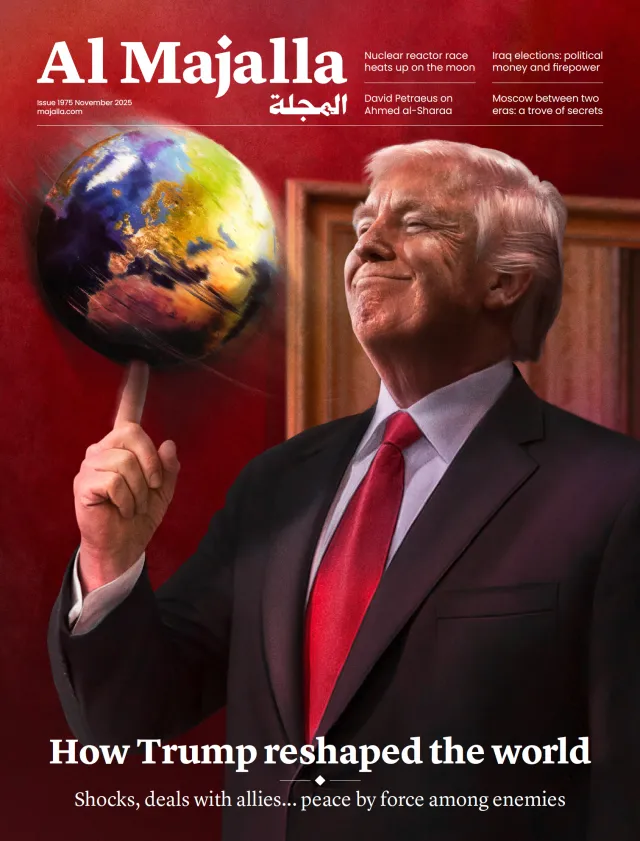At Tanzania’s Sokoine University of Agriculture, about 125 miles west of Dar es Salaam, there is a small memorial to Magawa, an awardee of the PDSA Gold Medal, known as the “animals’ George Cross,” for “life-saving devotion to duty.” Magawa was a rat who worked for the Tanzania-based demining charity Apopo and was responsible for sniffing out more than 100 land mines in Cambodia. The NGO’s “HeroRATs” are now expanding their remit, detecting cases of tuberculosis in samples sent from across Tanzania to Sokoine’s laboratories. Magawa and his fellow African giant pouched rats clearly confound humanity’s aversion to the rodents. Journalist Joe Shute uses Magawa’s story to show that people who just want to eradicate rats have got it wrong. His new book, Stowaway: The Disreputable Exploits of the Rat, hopes to redefine the relationship between rats and people across continents and centuries.

Stowaway taps into a growing market for books that use an animal as a lens for exploring the Anthropocene—the most recent period of geological time, one marked by humanity’s impact on the climate and natural ecosystems.
These books, such as Leila Philip’s recent Beaverland, can have aspects in common with the earlier trend in commodity histories (Mark Kurlansky’s Cod, for instance). Human hunting, fishing, and exploitation affect where animals live and how many of them there are, but these human processes also shape what it means to be human. In Cod and Beaverland, the overexploitation of these animal populations for industrial production and international competition means that cod fishing and beaver trapping are also declining as industries in which people with specialised skills and knowledge can find work. Whole ways of life are disappearing or require interventions and protections from government agencies.
Stowaway is different, though some aspects of the genre remain, including both the occasionally wistful tone and the investigative journalist’s keen eye for a compelling paradox. Shute opens with a striking provocation: that everyone has a rat story. Unlike more exotic animals that have shaped and been shaped by human history, rats, he points out, are everywhere (though, as becomes clear over the course of the book, not as prevalent as we tend to think they are). The Norway rat, or brown rat, certainly seems to be wherever humans tend to be. And this is a major component of Shute’s story.
Humans and rats are, in fact, very similar. Shute speculates that we may be “symbiotic”—there are plenty of indications throughout the book that the worst of rat behaviour is merely a mirror for the worst of human behaviour. This reflection of ourselves is, perhaps, why we find them so distasteful. But, Shute argues, we should be redirecting our distaste away from rats to the human processes that enable them.
Take the bubonic plague. Responsible for the deaths of an estimated 25 million people in the 14th century, this event, which comes up frequently in the book, was historically blamed on rats travelling aboard ships from China that then snuck out at port after port across the Mediterranean and throughout Europe. We know now that it wasn’t the rats but the fleas they carried that brought the plague. It was nonetheless a human technology and human trade that made the transport of both the rats and the fleas possible.
Rats, Shute implies, took the blame for human globalisation and urbanisation. In a 2018 study, he cites, “researchers claimed the speed at which the disease spread meant human-borne fleas and lice were more likely responsible for causing so many millions of deaths.”













